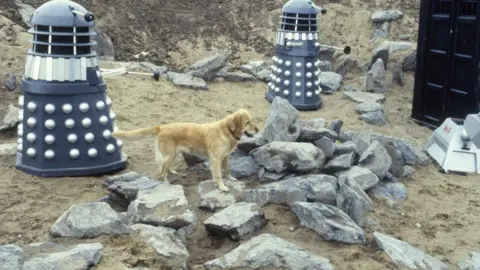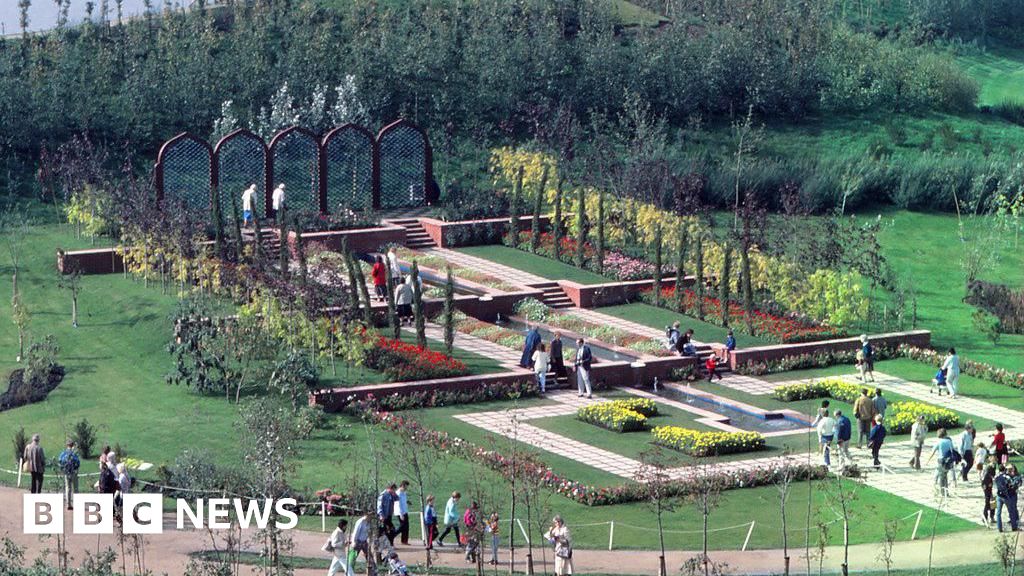BBC News, Liverpool
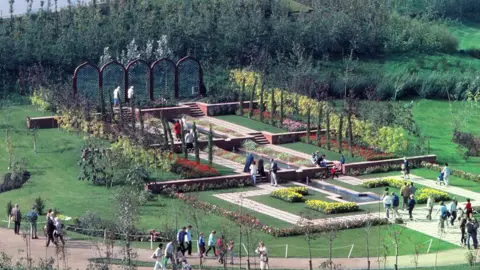 Chris Denny/Geograph
Chris Denny/GeographJust over 40 years ago, a wasteland on Liverpool’s waterfront was transformed as part of a vision to regenerate the city in the aftermath of the Toxteth Riots.
About 90 acres (36 hectares) of former landfill and derelict dockland was turned into lush gardens and parkland in 1984 as part of a new public attraction, known as The International Garden Festival.
That was followed by a period of decline where the site fell into disrepair, until it was acquired by Liverpool City Council and £53m was spent to clean up the area.
A new vision to turn Festival Gardens into housing and a new public space has now been announced after a series of aborted attempts to sustain its legacy.
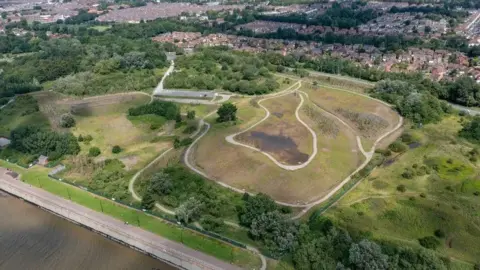 Liverpool City Council
Liverpool City CouncilThe site’s fortunes have ebbed and flowed like the River Mersey since the days when Conservative cabinet member Michael Heseltine [now Lord Heseltine] embarked on his ministerial crusade to revitalise Liverpool.
Margaret Thatcher’s government was urged to leave the city in a state of “managed decline” according to government files released in 2011 under the 30-year rule.
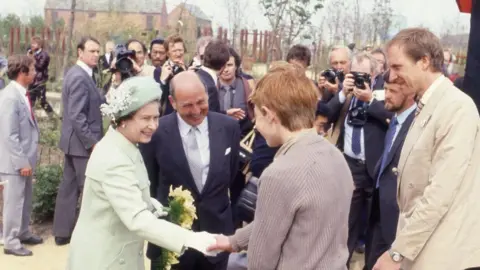
Nicknamed the “Minister for Merseyside”, Heseltine championed the festival as one of the first major projects undertaken by the Merseyside Development Corporation, a body set up in the aftermath of the 1981 riots in Toxteth.
It was billed as “a five month pageant of horticultural excellence and spectacular entertainment”.
Built on a site in the old south docks area between the Dingle and Otterspool, much of the derelict wasteland needed to be cleared of industrial waste before landscaping could commence.
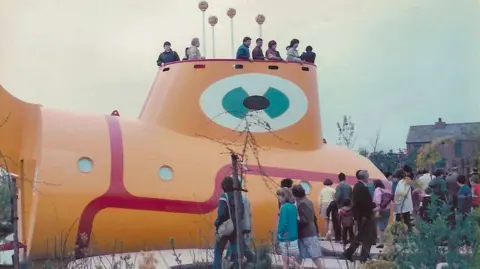 John Jennings/Geograph
John Jennings/GeographOpened by Queen Elizabeth II the festival area contained more than 60 individual gardens, a hall, public pavilions and a miniature railway that went around the site.
There was even a pub, The Britannia and a walk-of-fame type feature called the Pathway of Honour which recognised Liverpool entertainers including Cilla Black, Ken Dodd, and Nerys Hughes.
The festival, which ran from 2 May to 14 October 1984, was meant to have a lasting legacy of a unique riverside parkland “available for all to share”.
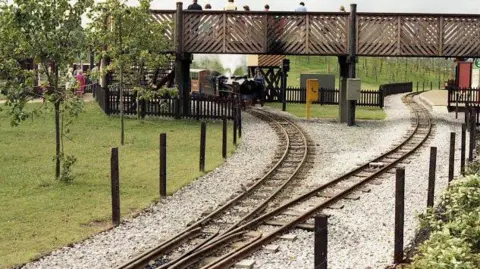 John Firth/Geograph
John Firth/GeographBut the vision never matched the reality as the site changed hands several times with half of the original festival grounds now a residential housing development.
The Festival Dome was demolished in late 2006 to make way for development while the rest of the land cost up to £60m to clean up after it was bought by the council in 2016.
Former city mayor Joe Anderson revealed in 2017 he wanted to create a new open space for the public which could also host music, theatre and public art events.
But it was another false dawn because the land was used as a waste dump and the site needed to be cleaned up, work that took until 2023 to complete.
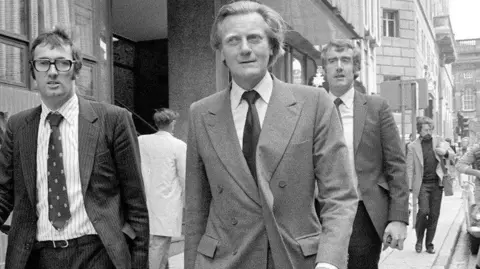 PA Media
PA MediaThe clean-up was described as the biggest remediation project in Europe, with more than £53m invested by the council, Homes England and the Liverpool City Region Combined Authority.
A new tender process was launched in 2024 to find developers for the site, with the intention of transforming the remaining land into housing and public space that reflect the vision of the original festival in 1984.
The project “could set the standard for sustainable housing developments in the UK”, a council spokesman said.
 Chris Denny/Geograph
Chris Denny/GeographUrban Splash and igloo Regeneration were chosen to oversee the project.
A plan to form a joint venture company with the two firms is set to be put forward for council approval in September.
